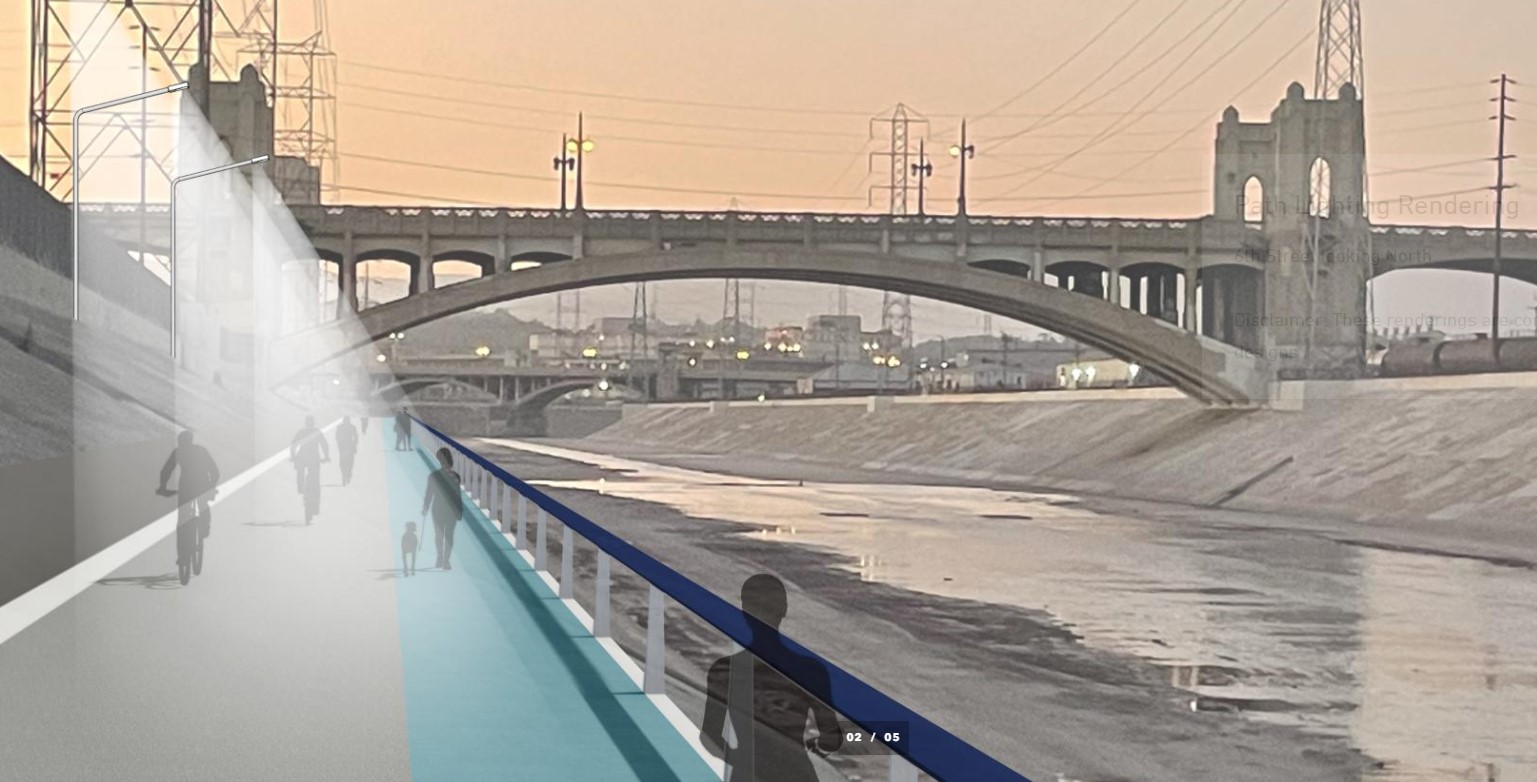When it comes to making it easier and safer for people to get around on foot, is your city covering the basics? If you live in the U.S., odds are the answer is "Not by a long shot."
Tim Kovach writes that his hometown, Cleveland, is getting good press for a zoning update intended to make parts of downtown more hospitable to pedestrians. Cleveland is also helping with a comprehensive planning guide that’s supposed to act as a blueprint for making Ohio cities more walkable.
But at the same time, Kovach says, the city is failing to do things like provide crosswalks and pedestrian signals where people want and need to walk. By prioritizing motor vehicle movement by default, Cleveland (like other cities) is overlooking the everyday experience of walking in the city.
If you know me or have read things that I’ve written here in the past, you probably realize that I’m a proponent of incremental progress. It’s great to push for the Big Things that can help shift paradigms, but we shouldn’t ignore the types of small, tangible changes that help people at the margins. It’s just as important to do the little things well.
There are a number of other criteria that we could use to judge Cleveland’s walkability. Are there mid-block crossings? (Yes.) Are they plentiful? (No.) Do they all have signs? (Some, but they aren’t maintained -- see above.) Do drivers respect them? (Hell no.) Do all of the pedestrian signals have countdown timers? (Not even in downtown.) Do any of the pedestrian signals include verbal cues for the visually impaired? (No, given that I have had to escort a confused blind man across Superior Avenue.)
I certainly recognize that Cleveland is making very real progress in its effort to enhance bike and pedestrian infrastructure. But, all too often, we spend money on things that look nice or seem nice in theory, even as we overlook the little things that can make a tangible difference.
Elsewhere on the Network: Seattle Met makes the case for bike-share as bike infrastructure. And Systemic Failure reports that Morocco is outpacing the U.S. on high-speed rail.







